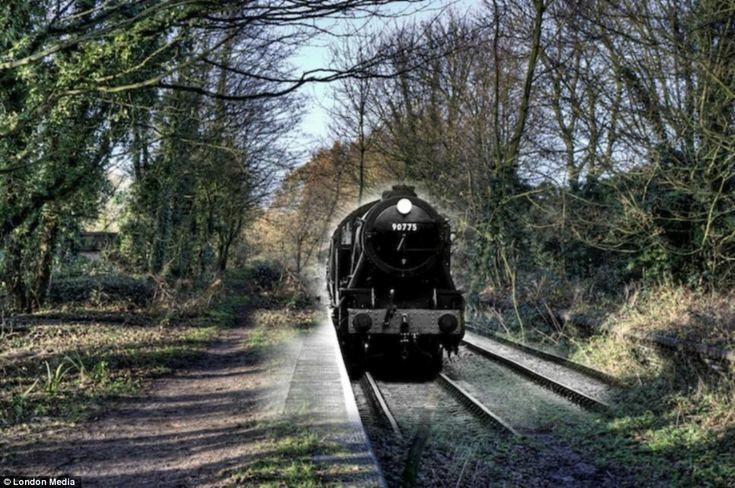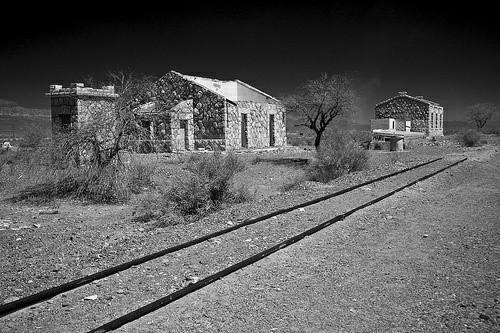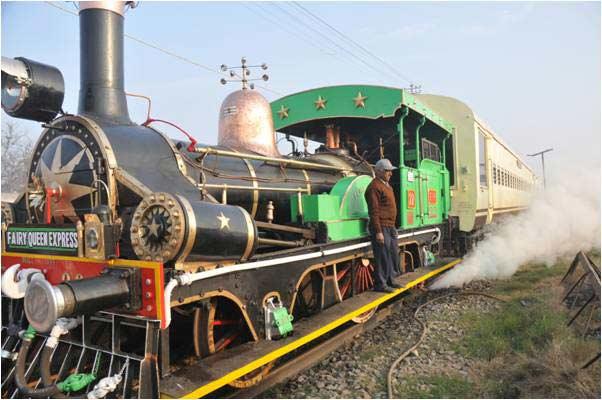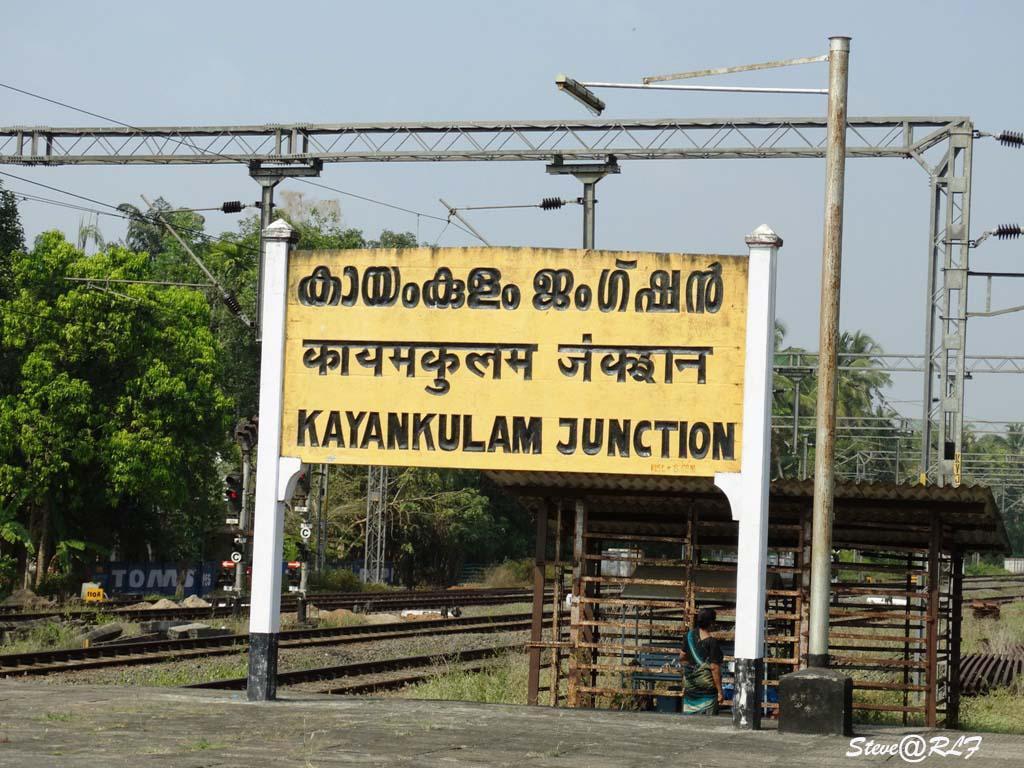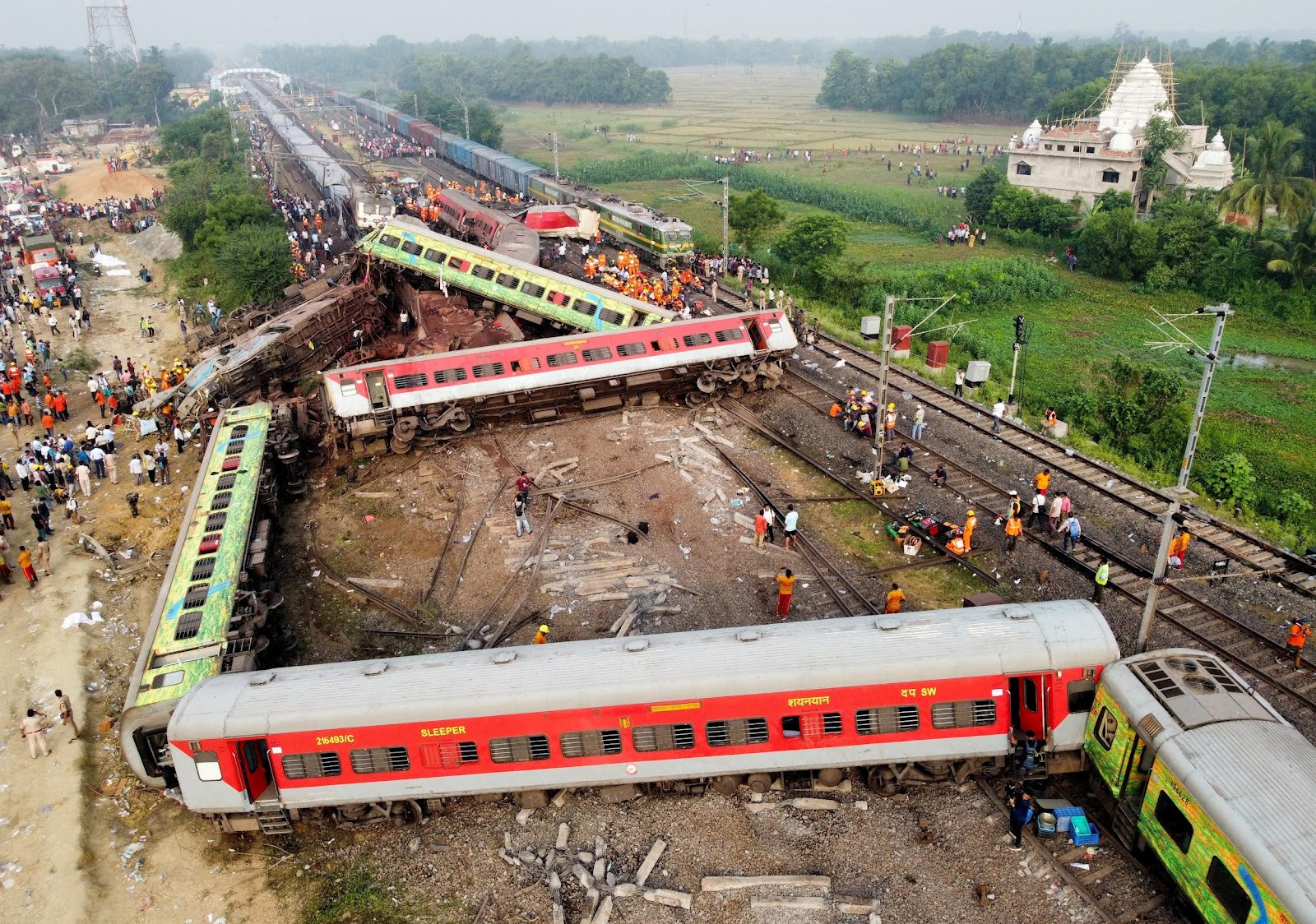Vada Pav: Mumbai’s King of Snacks Takes a Global Bow!
Step aside, Cheesesteak and Croque Monsieur, for a new contender approaches the arena! Bombay’s beloved Vada Pav has won a spot in the TasteAtlas “Top 50 Sandwiches of the World” list, and it’s not just a small feat! Not to mention, the delicious potato patty dish has won 19th place! It represents how the Indian snack culture has the potential to be on top of the world. But what’s the deal about Vada Pav? You can never go wrong with a good vada pav, a nice G.B.D (Golden Brown Delicious) potato patty between fluffy, toasted and buttered buns and the swirling, unique flavours of the chutney. It’s served with a crispy green chilli for that punch and some chopped onion for the crunch. Uff, anyone’s mouth would water at the thought. The explosion of flavours and the mix of textures will make anyone return for more. Don’t take our word for it because not only is the Vada Pav the 19th best sandwich, according to Tasteatlas, but it’s also the 8th best potato dish! But why the global recognition? Vada Pav’s taste is phenomenal and iconic; the flavours tingle your tongue in ways you’d never imagine – the perfect mixture of chutneys and spicy potatoes, everything about this dish is perfect. As much as the taste is outstanding, it’s only part of the reason for its popularity! It’s also a testament to: So, the next time you’re in Mumbai, walk past all those fancy restaurants and go to a local stall for a piping hot, sweet, and spicy Vada Pav. Go straight to the source to find out how this simple potato sandwich has seized Mumbai and crores in India and now globally.



